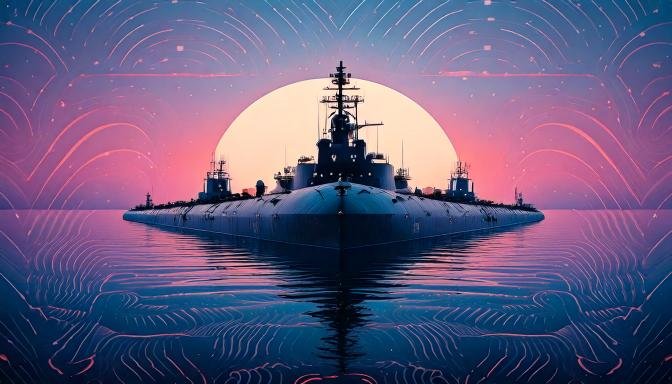
Did you know that in 1989, Pepsi acquired a fleet of 17 submarines from the Soviet Union? For a brief period, this astonishing deal made Pepsi the owner of what was then the seventh-largest submarine fleet in the world. Pepsi-cola CEO Donald Kendall was the main reason Pepsi was able to work out a business partnership with the Soviet Union. This might sound like the beginning of a naval war between Pepsi and Coca-Cola, but the reality is more nuanced. Pepsi had long enjoyed a unique relationship with the Soviet Union, making it the beverage of choice in communist territories at a time when such partnerships were rare. While Pepsi and Coca-Cola had always been fierce competitors, acquiring a fleet of submarines seemed like a surreal escalation in their rivalry.
However, before you imagine a naval showdown between the two soda giants, it’s important to note that Pepsi wasn’t buying these submarines for its use. Instead, Pepsi acted as a middleman in the transaction. The Soviet Union, looking to offload its aging submarines for scrap, approached Pepsi, and the company brokered a deal, passing the submarines along to a Norwegian shipping firm. In return, Pepsi secured expanded access to the Soviet market—a clever strategic move rather than a bid to build a corporate navy.

In 1972, Pepsi became the first major U.S. company to break into the Soviet market. This achievement was particularly noteworthy given the challenges of Cold War-era trade and currency restrictions. One major hurdle was the non-convertibility of the Soviet ruble, which could not be exchanged on international markets.
Pepsi’s once-thriving relationship with Russia has significantly cooled over time, especially after Coca-Cola made a bold entrance into the Soviet market during the 1980 Moscow Olympic Games. Despite Coca-Cola’s aggressive push, Pepsi can still look back on its moment of triumph when it was not just the preferred drink of communist Russia, but for a brief period, the most powerful soda brand in the world. Pepsi had enjoyed a unique status in the Soviet Union, becoming a symbol of Western products in a closed-off economy.
However, the collapse of the Soviet Union in 1991 marked a turning point for Pepsi’s fortunes in the region. The political and economic upheaval that followed made it increasingly difficult for Pepsi, a quintessentially capitalist corporation, to navigate the complexities of doing business in post-Soviet Russia. What was once a stronghold became a far more challenging market, leaving Pepsi to reflect on its fleeting reign as the soda of choice for an entire nation.
Discover more from Grubbits
Subscribe to get the latest posts sent to your email.
